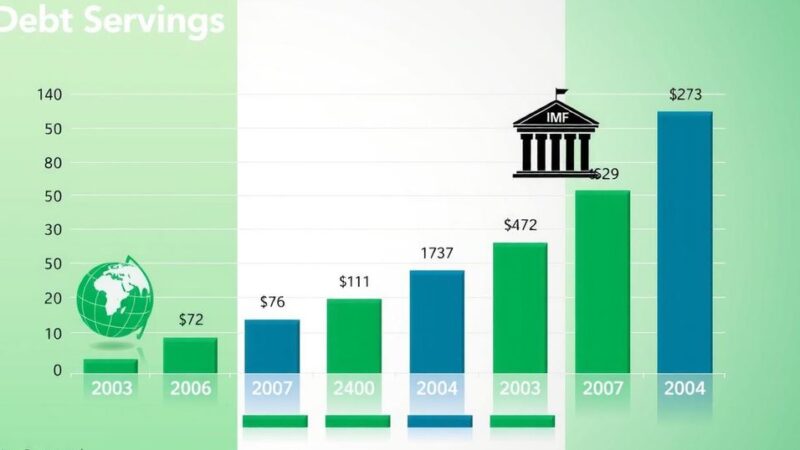WTI crude oil is currently trading at $69.15, influenced by a significant decline in US stockpiles and concerns over global supply due to US tariffs on Venezuelan imports. The API reported a 4.6 million barrel drop in inventories, leading to a three-week high in prices. Ongoing negotiations between the US, Ukraine, and Russia may mitigate supply concerns.
West Texas Intermediate (WTI), the US crude oil benchmark, trades at $69.15 during the early Asian session on Wednesday, supported by a significant decrease in crude oil inventories and concerns regarding tighter global supply linked to potential US tariffs on Venezuelan oil exports. The American Petroleum Institute (API) reported a drop of 4.6 million barrels in US oil stockpiles for the week ending March 14, exceeding market expectations.
US President Donald Trump announced plans to impose a 25% tariff on all countries that import oil or gas from Venezuela, effective April 2. This announcement has generated fears of constricted global supply, leading WTI prices to reach their highest level in three weeks. There exist ongoing dialogues between the United States, Ukraine, and Russia aimed at establishing a ceasefire that may alleviate supply concerns.
WTI Oil, which stands for West Texas Intermediate, is characterized by its low gravity and lower sulfur content, making it a premium refining option. As the price benchmark of the oil market, WTI reflects supply and demand dynamics, global economic growth, geopolitical instability, and OPEC decisions. Fluctuations in US Dollar value further influence WTI prices, given that oil is traded predominantly in dollars.
The weekly inventory reports from the API and the Energy Information Agency (EIA) significantly impact WTI pricing, as they reflect current supply and demand. A decline in inventories indicates rising demand, which can drive prices up, while an increase suggests oversupply, leading to price reductions. Although both reports are aligned most times, the EIA is regarded as more authoritative due to its governmental backing.
OPEC, including twelve oil-producing nations, meets semi-annually to determine production quotas that directly affect oil prices. Decisions to reduce quotas tend to tighten supply and elevate prices, while increases can have the opposite effect. Meanwhile, developments in the geopolitical landscape and potential market influences continue to shape oil trading decisions.
In summary, WTI prices have recently increased due to significant declines in US crude oil inventories and geopolitical tensions involving Venezuela. President Trump’s impending tariffs on Venezuelan energy exports are raising concerns over global supply tightness, further pushing WTI prices higher. Additionally, OPEC’s production decisions and US Dollar fluctuations remain critical factors influencing WTI pricing. Understanding these dynamics is essential for anticipating future movements in the oil market.
Original Source: www.fxstreet.com






